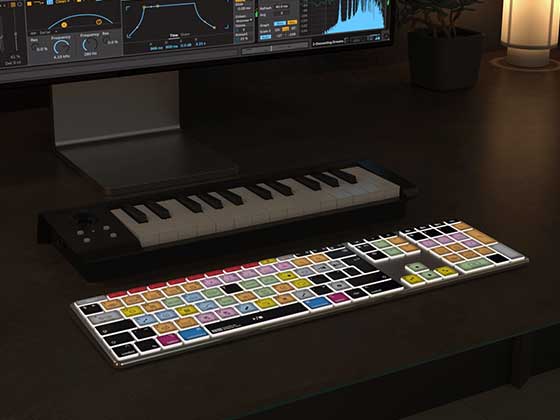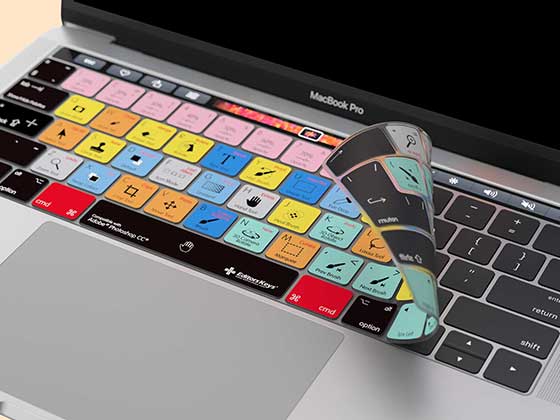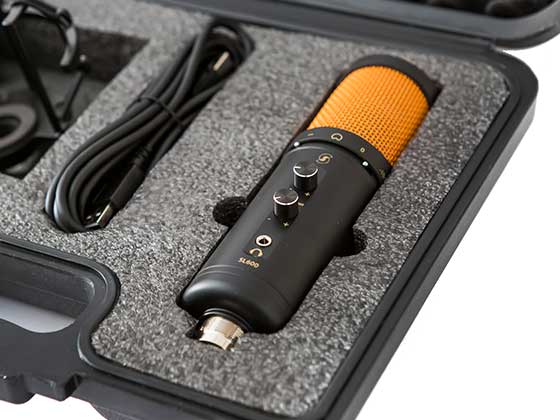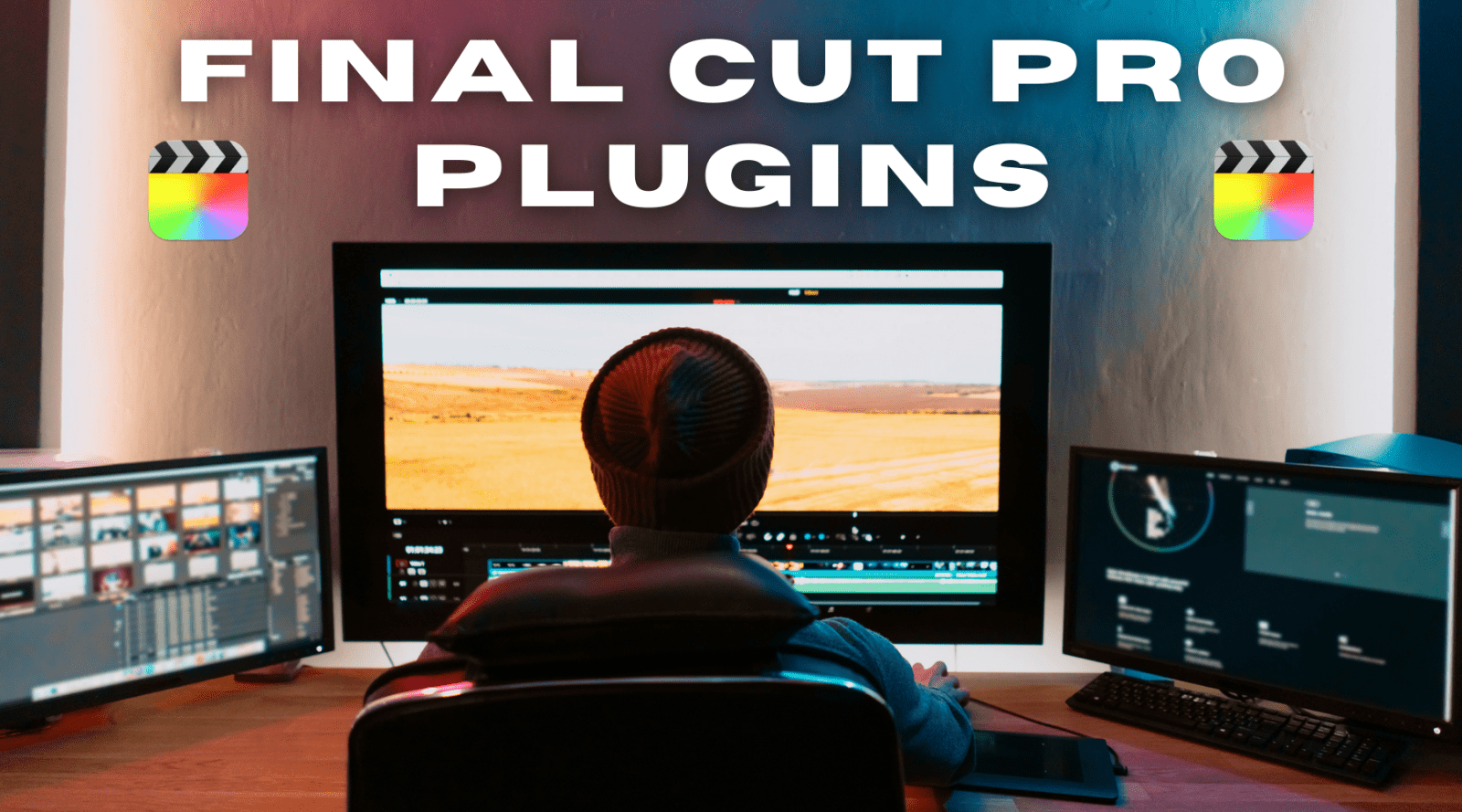The world of video editing is evolving at an unprecedented pace, thanks to the integration of AI-powered tools. For video editors, these advancements are not just a novelty—they are essential. From streamlining tedious tasks to offering creative possibilities previously unimaginable, AI is transforming the editing landscape. Here are five of the best new AI video editing features every editor should know about:
1. Generative Fill
Generative Fill is revolutionising video editing by providing editors with unprecedented control over their footage. This AI-powered tool allows for the seamless removal or alteration of elements within a scene, eliminating the need for time-consuming techniques like cloning or masking. Whether it’s an unwanted object, a stray boom mic, or an inconsistent background, Generative Fill intelligently analyses the surrounding pixels and fills in gaps with realistic content, making the edits virtually undetectable.
Beyond just fixing issues, Generative Fill opens up new creative possibilities. Editors can extend environments, add missing elements, or even reimagine entire scenes without the need for reshoots or complex visual effects work. The AI understands context, lighting, and depth, ensuring that any modifications blend seamlessly with the original footage. This makes Generative Fill not just a tool for corrections but a powerful asset for enhancing and refining visual storytelling.
For video editors looking to streamline their workflow and expand their creative options, Generative Fill is an essential tool. It’s a prime example of how AI is pushing the boundaries of what’s possible in post-production, making it easier and faster to achieve professional-quality results.
2. Auto-Reframing
Auto Reframing is a game-changer for editors who need to create content for multiple platforms with varying aspect ratios. This AI-driven feature automatically detects the primary action in your footage and adjusts the framing to ensure that the key content stays centred and visually appealing, whether you’re working with widescreen, square, or vertical formats.
Traditionally, adapting content for different platforms required manual adjustments, often resulting in tedious cropping and repositioning. Auto Reframing streamlines this process, saving time and ensuring that your videos are perfectly formatted for each platform without sacrificing the quality or focus of your footage.
By automating the reframing process, Auto Reframing allows editors to efficiently create platform-specific content while maintaining a consistent and professional look across all formats. This makes it an invaluable tool for anyone producing videos in today’s multi-platform digital landscape.
3. AI-Driven Colour Matching
Colour correction is essential for achieving a consistent look in any video project, and AI-driven colour matching enhances this process significantly. This feature automatically analyses the colour palette and lighting conditions across different clips, ensuring a uniform appearance throughout your video.
Whether you're working with footage from various cameras or different lighting setups, AI-driven colour matching quickly harmonises your visuals, reducing the need for manual adjustments. It streamlines the process of achieving a cohesive look, making it easier to maintain a professional quality across your entire project.
4. Voice-to-Text Captioning
AI-powered voice-to-text tools have made adding captions and subtitles to videos incredibly efficient. These advanced features automatically transcribe spoken content into accurate text, which can then be easily integrated into your editing timeline. This automation not only enhances accessibility by providing clear and precise captions but also significantly reduces the time and effort needed compared to manual transcription.
For video editors, this means a quicker turnaround on projects that require captions or subtitles, whether for accessibility, multilingual audiences, or simply improving viewer engagement. The AI ensures that the transcriptions are accurate and synchronised with the audio, allowing editors to focus on refining other aspects of the video. This technology is a game-changer, making it easier than ever to create polished, accessible content for a diverse audience.
5. AI-Powered Motion Tracking
Motion tracking has long been a vital tool in video editing, enabling editors to follow the movement of objects, faces, or even abstract shapes within a scene. However, AI is now revolutionising this capability, making it more powerful, precise, and accessible than ever before.
With AI-powered motion tracking, the process becomes incredibly intuitive and efficient. The technology automatically recognises and follows the desired elements within your footage, whether it’s a person’s face, a moving object, or a custom shape. What used to require meticulous manual adjustment is now achieved with minimal input, freeing editors to focus on creative decisions rather than technical challenges.
Final Thoughts
These cutting-edge AI features are revolutionising the video editing industry, enabling editors to work faster, smarter, and more creatively. By embracing these tools, you can not only improve your workflow but also push the boundaries of what’s possible in video production. Whether you’re an amateur or a seasoned professional, integrating these AI features into your editing suite is a must for staying ahead of the curve.
Discover more ways to enhance your editing experience with AI-powered tools at EditorsKeys.com.








